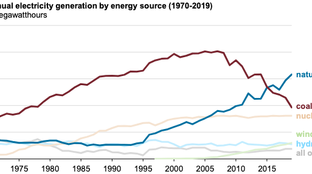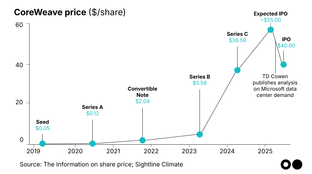
🌎 Coal hard facts #241
Trump’s coal push ignores economic reality and attractive alternatives

Happy Friday!
As we hit our official three-year mark, we want to take a moment to thank you — and get to know you better. When Kim and Sophie first started putting pen to paper at the beginning of the pandemic, they expected maybe 500 people would be interested in reading nerdy posts about the ins and outs of climate tech. Three years later, this community has grown to nearly 100x that with ~50,000 of you tuning in week after week to keep pace with a booming climate tech ecosystem.
We last checked in with you a year ago and got ~1,000 responses. Since then we’ve seen $40B invested in climate tech in 2022 and tracked another $64B worth of new dry power primed for deployment in the sector. We’ve created a founder's guide to the DOE and outlined the climate capital stack. We’ve also provided a window into some of the core industries and levers that will be critical for decarbonization, including mining, steel, and international climate finance.
With our executive editor, Grace, joining the team and +30k new readers in the past year, we’d love to get reacquainted. And with even more climate tech innovation and deployment ahead, we want to make sure we’re providing the insights that best serve you in all the ways you’re working to build a more sustainable world.
🙏 Please take this <5 minute survey so we can learn more about who you are, what you do, and how we can best support you this year. Whether you’ve been with us from the beginning or just started reading recently, we want to hear from you! And yes, we’ll read every response 😇!!

Trump’s coal push ignores economic reality and attractive alternatives

The tariffs' toll, explained sector-by-sector

The AI company’s debut shows where the chips are falling